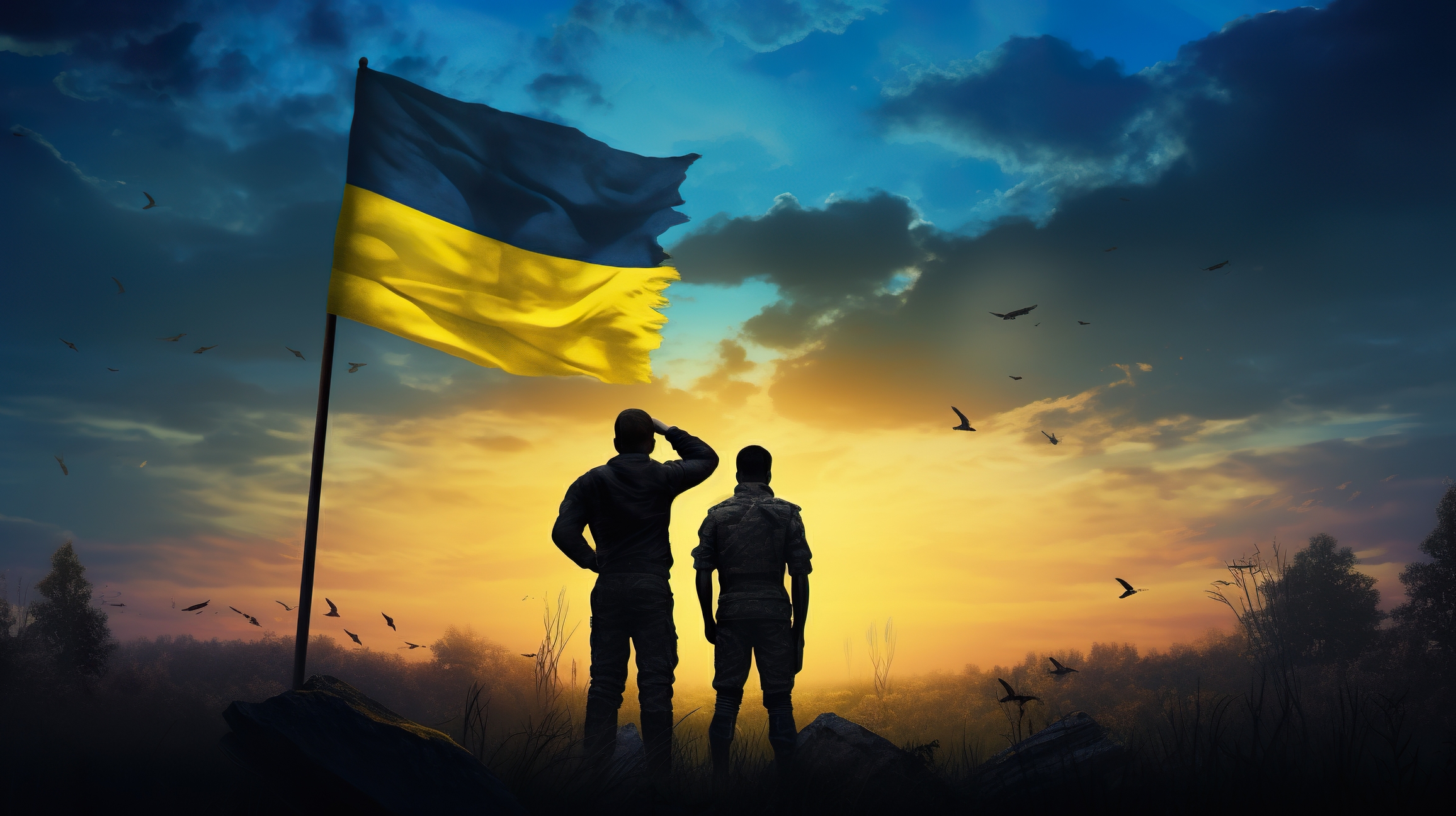The Headless Crisis: A Lame Duck Presidency Escalates the War in Ukraine
When we had the Cuban missiles crisis, we had President Kennedy and an Administration. When we had the 1983 nuclear crisis, we had President Reagan and an Administration.
Now we have the Ukraine escalation crisis with an Administration maneuvering against the Russian autocracy, maybe led by Putin, but we are not sure. So it is truly a headless crisis in which two bureaucracies shadow box each other in anticipation that in two months of President Trump and his Administration seeking to terminate the conflict in Ukraine.
We have never been in this situation before. And it is an exceedingly dangerous one.
Vice President elect Vance put into play the most likely Trump Administration proposal for conflict termination several weeks ago. This plan is based on the reality that Russia has seized and controls territory in Ukraine and that baseline is a reality to be accepted only if a de-escalation of the conflict occurs and some sort of negotiated barrier between the two sides can be created.
The Vance proposal suggests a ceasefire, Ukraine not joining NATO, and Russia retaining control of Donbass and Crimea
This Trump baseline would provide a way to discuss conflict termination with a power, Russia, which has many means to escalate the war. Ukraine by itself has virtually none.
That is the reality.
But how to negotiate a ceasefire?
Certainly, the Trump Administration cannot do this by itself and the question of what European leadership shows up to work the deal remains a question.
But frankly, Western publics are not prepared for dramatic escalation by a Russia which is fully capable of doing so. Yet the headless Biden Administration pursues a course which clearly is designed to follow the path of how the U.S. escalated the war in Vietnam which is a demonstrated path to failure.
To get a sense of how to think about this unprecedented situation in escalation between two rogue powers, the Biden team and the Putin team, I talked with my colleague Paul Bracken, who has worked throughout his career on crisis management and nuclear issues, a subject which certainly is not an historical one.
Bracken: “The new Trump team is conveying to Moscow that we are going to be in office in 60 days. We can talk after we are in power, and don’t worry about the Biden team. But can Putin wait? Will he take the bait being given by the Biden team to escalate and do so in their eyes giving them a better bargaining position in 60 days? This is the real risk we are facing.”
And how any de-escalation and negotiation will be handled will determine the character of NATO and European defense for the next several years and how the Russians can try to recover their maneuver space within Europe.
There is much written about the new EU defence commissioner and what he wants to do. There is much discussion about NATO and its efforts to sort out its way ahead.
But these abstract discussions will be overcome by the reality of how the Ukraine conflict terminates. Bomb throwers or quite literally launchers like the PM of Britain while sponsoring Storm Shadow strikes on Russian territory is at the same time reducing defence capabilities of Britain. His actions certainly will not attract positive attention from Trump or his Administration.
The British government is steering a dead-end path for their participation in AUKUS by simply ramping up their engagement in escalating the war while actually cutting defense resources. You don’t have to be Donald Trump to find this as a negative path to nowhere.
There is a clear need for European leadership and one of the few areas where this credibly could come from are the Nordics. With their focus on defense integration and ramping up their capabilities, they are a credible force against Russian expansion.
And as Bracken noted: “They have a long tradition of both competing and working with the Russians is what is required in the current situation and can lay down a foundation for going forward. The Nordics countries could be very useful to moderate the kind of American “Yahooism that is coming out of the currently unconstrained Washington.”
“In addition, they have moral standing in Europe to advance cooperation, anti-nuclear, and arms control possibilities that the United States cannot do in the same way. So I think the Nordics have a special role in ending the War in Ukraine that should be leveraged by any U.S. Administration.”
The most recent developments also underscore the broader historical strategic context, one in which both Bracken and I worked. When we faced the Euromissile crisis of the 1980s the conflict between the U.S. and Russia involving Europe revolved around the threat from Soviet SS-20 rockets and how NATO should respond. This was the period in which Putin was a KGB officer in East Germany and one which he knows as well as Bracken and myself.
The SS-20 was an IRBM. This week a new generation IRBM has been fired at Ukraine. One should note that Europe was challenged by SS-20s and will be challenged as well by the new generation IRBMs. The firing of this missile against Ukraine is not just about Ukraine. It is a reminder that Russia with its multiple time zones facing Europe can use IRBMs in a way Europe cannot.
This is a move on the chess board by the Russians and asymmetrical to the U.S. Administration’s Vietnam War style of escalation.
We are in a strategic void for the next 60 days which will have a key effect on what can be crafted thereafter.
Featured graphic: Ukrainian soldier standing on destroyed by missile strike city background with blue and yellow flag, Russia Ukraine war concept, demolished building and territory liberation. High quality photo AI generated
ID 334461016 | Ukraine War © Dmytro Lopatin | Dreamstime.com

